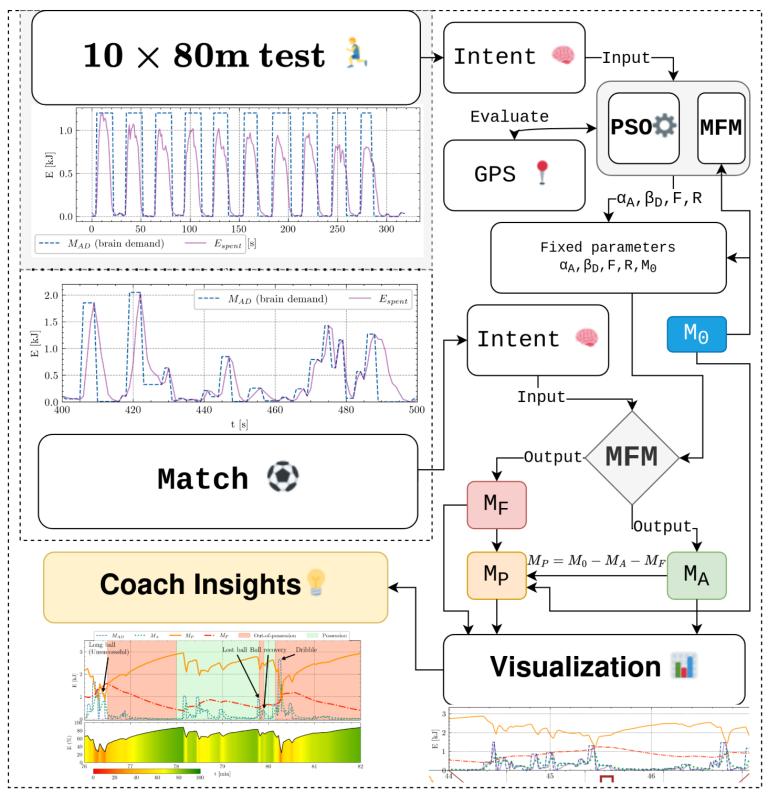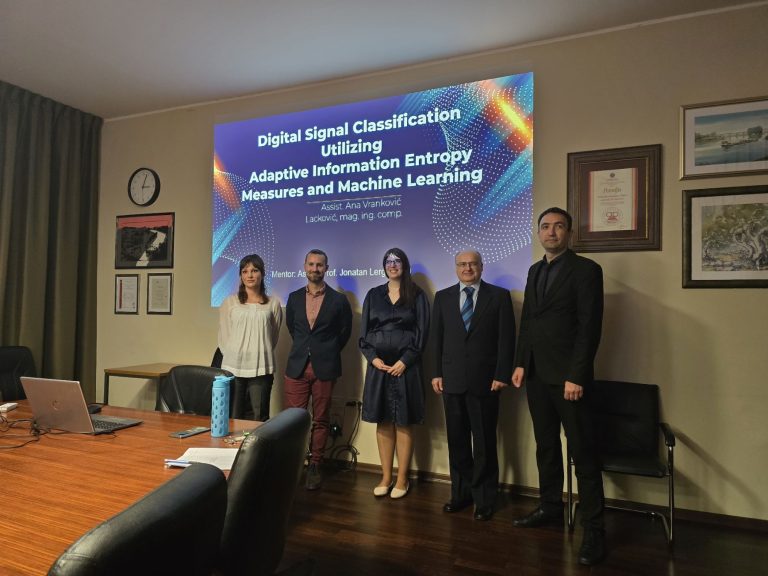Improved frameworks for delivering both intelligence and effectiveness under strict constraints on resources are required due to the Internet of Things’ (IoT) devices’ rapid expansion and the resulting increase in sensor-generated data. In response, this research considers a joint learning-offloading optimization approach and presents an improved framework for energy-efficient distributed intelligence in sensor networks. Our […]
Laboratory for Information Processing and Pattern Recognition
Forecasting the Trajectory of Personal Watercrafts Using Models Based on Recurrent Neural Networks
Monitoring and predicting personal watercraft trajectories is a novel and largely unexplored research area where any development is valuable for various rental services. Unlike existing work focused on specific maritime routes, this study introduces a location-agnostic deep-learning approach capable of generalizing across diverse environments. This is achieved by using an innovative preprocessing approach including offset […]
A System for Real-Time Detection of Abandoned Luggage
In this paper, we propose a system for the real-time automatic detection of abandoned luggage in an airport recorded by surveillance cameras. To do this, we use an adapted YOLOv11-s model and a proposed algorithm for detecting unattended luggage. The system uses the OpenCV library for the video processing of the recorded footage, a detector, […]
Advanced Data Analysis Using Digital Signal Processing and Machine Learning Techniques
This project focuses on processing real-life digital signals (time-series and images), which often exhibit a non-stationary nature. We plan to utilize advanced signal processing techniques and artificial intelligence to analyze and classify such data. The project envisages the transformation of time-series into images (time-frequency representations providing simultaneous insight into signal characteristics in both domains). Special […]
Compound Flooding in Coastal Rivers in Present and Future Climate
The subject of this project is compound flooding in coastal areas due to high sea and river levels. Compound flooding is a global research priority due to the increasing occurrence in the context of climate change. The problem of compound flooding in coastal rivers is challenging because of a complex interaction between several factors, including […]
Data Processing on Graphs
Big data and the ever-growing need for their fast and efficient processing, aimed at obtaining information used in the automation of business processes, improving communication, enhancing efficiency and success in practically every segment of human activities, as well as better understanding of nature, humans, and society, are some of the main characteristics of computer technology […]
North Adriatic Hydrogen Valley
The aim and main objectives of the NAHV The project’s main goal is the creation of a hydrogen-based economic, social and industrial ecosystem based on the capacity of the quadruple helix actors. This will drive economic growth, generating new job opportunities within the framework of both the green and digital transitions and, by creating the conditions […]
Enhancing Biophysical Muscle Fatigue Model in the Dynamic Context of Soccer
In the field of muscle fatigue models (MFMs), the prior research has demonstrated success in fitting data in specific contexts, but it falls short in addressing the diverse efforts and rapid changes in exertion typical of soccer matches. This study builds upon the existing model, aiming to enhance its applicability and robustness to dynamic demand […]
Regression-Based Machine Learning Approaches for Estimating Discharge from Water Levels in Microtidal Rivers
The challenges of managing water resources in tidal rivers, exacerbated by climate change and anthropogenic impacts, require innovative approaches for accurate estimation of hydrological parameters. In tidal rivers and estuaries, water levels depend primarily on river discharge and tidal dynamics. Microtidal estuaries are particularly complex due to the strong stratification and two-layer structure, which also […]
Ana Vranković Lacković defended her doctoral thesis
We are happy to announce that on 16th of May, 2024. Ana Vranković Lacković has successfully defended her doctoral thesis, titled “Digital Signal Classification Utilizing Adaptive Information Entropy Measures and Machine Learning,” at the Faculty of Engineering RITEH University of Rijeka.Ana’s thesis is the result of hard work and represents a significant advancement in the […]









